It is very likely that food prices are going to go up while availability goes down.
Many states are still under water from flooding, while other areas are dealing with massive fires and other problems. Growing a garden now, even if it is late in the season is something that may help you in a time of need. Here are 10 gardening ideas that just about anyone can use to grow a garden in any setting. When combined with insect farms, you can slowly, but surely take even small amounts of space and turn them into enough food to feed yourself. The key to this is starting off slowly and moving forward steadily but surely.
Cuttings in Water
This is one of the easiest ways to start an herb garden. All you need is a few stems from a plant of interest. You can use wild herb cuttings from around your yard, or from live plants or scraps from the supermarket. Simply place them in a glass of water and let them grow until you are ready to use them. In order to make more plants, simply break off the stems as they grow and place them in water. Use the stem parts nearer the roots for eating and cooking.
Containers
This is another very easy way to grow herbs and fast growing vegetables. For example, even a 4” flower pot can easily accommodate many popular herbs including parsley, basil, rosemary, and oregano. You can also plant radishes and small sized carrots in a container of this size. If you have room for gallon sized containers, it is very easy to grow bush zucchini, bush beans, cabbage, broccoli, cauliflower, ginger, pepper plants, cherry tomatoes, and plum tomatoes. By the time you vary the types of beans, you will be well on your way to providing full meals on a sustainable basis.
 Straw Bales
Straw Bales
Straw bale gardening has actually been used for centuries[1]. It is a very simple method that basically combines some elements of composting with active gardening. Basically, as the straw breaks down, it provides nutrients for the plants growing in the bale.
As a drawback, however, the straw will lose nutrients each time you water the garden. Compost tea and other mild liquid fertilizers offer the best in terms of organic options. Depending on the plant, you may also need to add conditioners from time to time to change the pH of the substrate.
If you cannot dig a garden or build a raised bed, straw bales might be an ideal outdoor garden option. They are best suited for tomatoes, peppers, melons, and anything else needs well drained substrate for a single growing season.
Potting Soil Bags
This method is very simple to work with. All you need to do is buy a bag of potting soil, poke some holes in the top (to plant either seeds or seedlings), and the bottom (for water drainage). From there, just water the plants from time to time and let them grow in a weed free, nutritionally optimal environment. The only problem you may come up with is heat buildup in the bags during summer months. This can be solved easily enough by ripping open the upper portion of the bag so that it cannot insulate the soil.
If you do not want to buy potting soil, you can use trash bags, or even canvas bags and fill them up with dirt from your garden. Adding compost and other nutrients will improve the soil quality, just as it would in any other garden.
Depending on the size of the bag, you can grow everything from radishes to potatoes and watermelons. Since you do not have to worry about working the ground, you can also place the bags anywhere you please. This includes on decks, patios, or any other place where they will fit and get enough sunlight.
 Micro Greens
Micro Greens
In a food crisis, micro greens are some of the most important foods you can grow. Basically, they are nothing more than seeds that have just sprouted. Since the plants aren’t going to live more than 2- 3 days, there is no need to concern yourself with lighting or space accommodations. They can be grown as easily on the corner of a sink as they can a window or even a bedside table.
To start a micro greens garden, all you need are mason jars, some screening, plenty of clean water, and seeds that will germinate. You can also buy a sprouting kit that will give you all the tools you need to get started along with instructions on how to grow sprouts safely. Today, there are also all kinds of seeds to choose from. In some cases, like beans, sprouting them also makes them more digestible. As an added bonus, when you sprout seeds, they are, at a minimum, 5 times more nutrient dense than a young or mature plant.
Raised Beds
If you are determined to have an outdoor garden, then raised beds may work better than digging a conventional garden. These gardens will also enable you to use small strips of land that would not be of use for anything else. Just remember to build the frame to match the overall size and shape of the plant’s root system. For example, if you want to plant potatoes, make the bed deeper. If you are more interested in corn or sunflowers, you would use a more shallow bed, while tomatoes would require both a deep and wide bed.
They can also give you a chance to control the soil pH and quality so that you can grow a bigger variety of plants. Square foot gardens are one variation of raised beds that are especially useful if you want to grow a large variety of plants without having to worry about their root systems getting entangled.
Hanging Plants
When you have limited space, hanging planters can turn your porch, or just about any window into a robust garden. Aside from strawberries and herbs, tomatoes will also do well in hanging planters. They are also ideal for melons and other vining plants. Just remember to leave some room on the floor or ground where the melons or fruits can rest while they are growing.
Vertical Gardens
Instead of planting along a horizontal plane, you can use a series of containers to grow plants on a vertical one. Vertical gardens can be placed in just about any location and in all kinds of shapes. Many people plant them extending up a side of the house, or any other surface where they can attach pots and suitable support structures. You can also make stand alone structures that will help you create the perfect growing space for any plant of interest to you.
 Wall Planters
Wall Planters
Wall planters are similar to vertical gardens in the sense that you will attach the planter to a wall instead of setting it on a table or other horizontal surface. In this case, however, you may not place the containers as closely together, or in as organized a fashion. They are well suited for apartments and small rooms where you may not be able to fit multiple containers.
Let’s say you have a very small room that only has one small patch of sunlight that reaches an opposite wall. If that spot gets enough sunlight, but there is no room for a table, a wall planter may still be of use to you. No matter whether you want to grow cucumbers or some other plant, you are only limited by the weight the wall can take and the size of the container.
Regardless of where you place a wall planter, just remember that you still need to provide good drainage for the plants. It is best to make sure you can open a hatch as opposed to lifting the plant out to drain a saucer. In general, plants do not like to be disturbed while growing. At the same time, having water dripping onto the wall is not a good option either.
Plant Pods[2]
Instead of planting in containers or bags, you can also try using mesh or webbing to hold the soil together. This method makes it very easy to create mobile plant gardens. Since the pods are very lightweight, you could even use a circular clothes drying rack or a clothes line for suspending your plants. While most people use plant pods indoors, you can use them in an outdoor setting provided you keep them out of strong winds.
Even though conventional gardens are enjoyable to grow and useful, that doesn’t mean everyone can have one. No matter whether you have health issues, mobility challenges, or limited space, these 10 easy gardening options can start you on the path to food independence. Given all the challenges in the current growing season, now is a good time to give these gardening methods a try.
Resources
[i] https://www.gardeners.com/how-to/straw-bale-gardens/8882.html
[ii] https://www.bobvila.com/slideshow/20-ways-to-garden-without-a-backyard-52036#darling-decanter


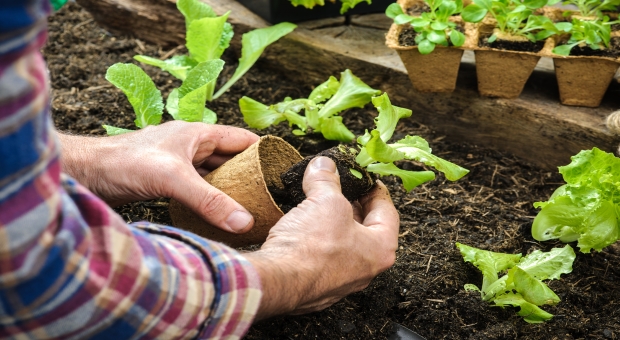

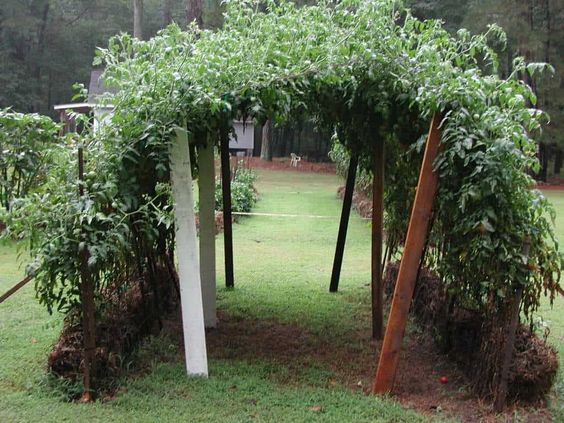
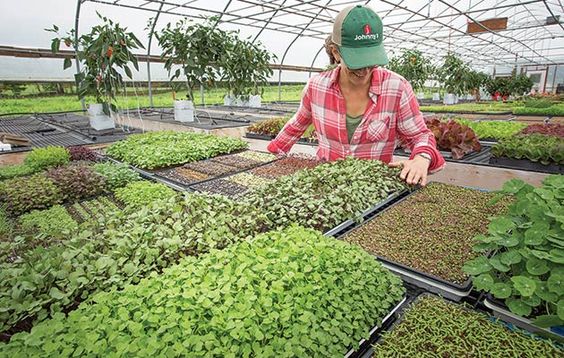
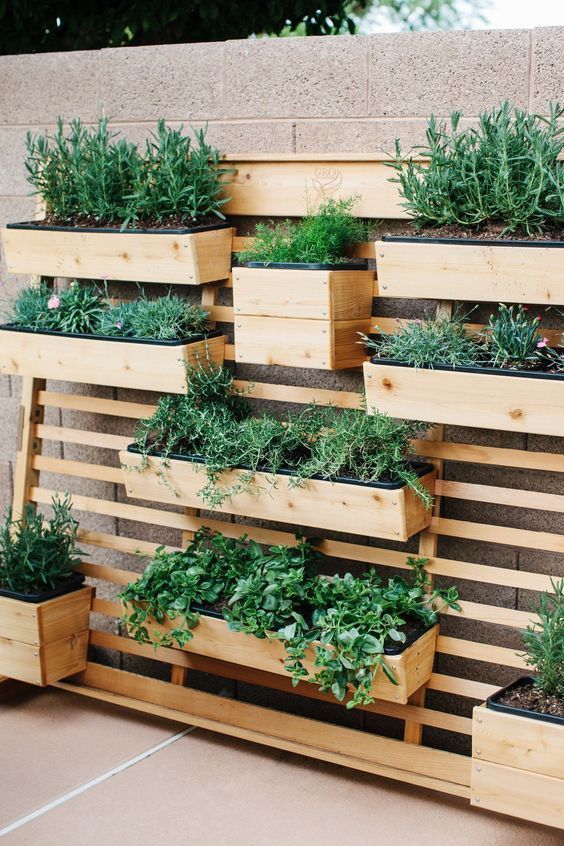

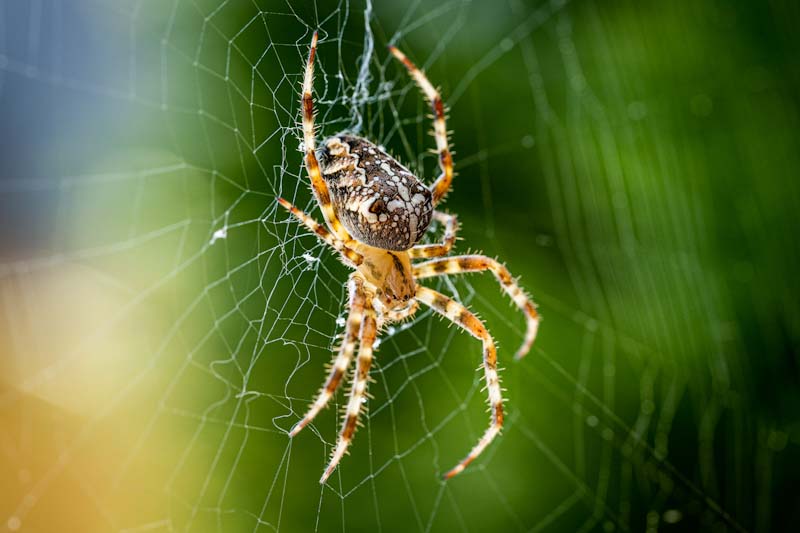

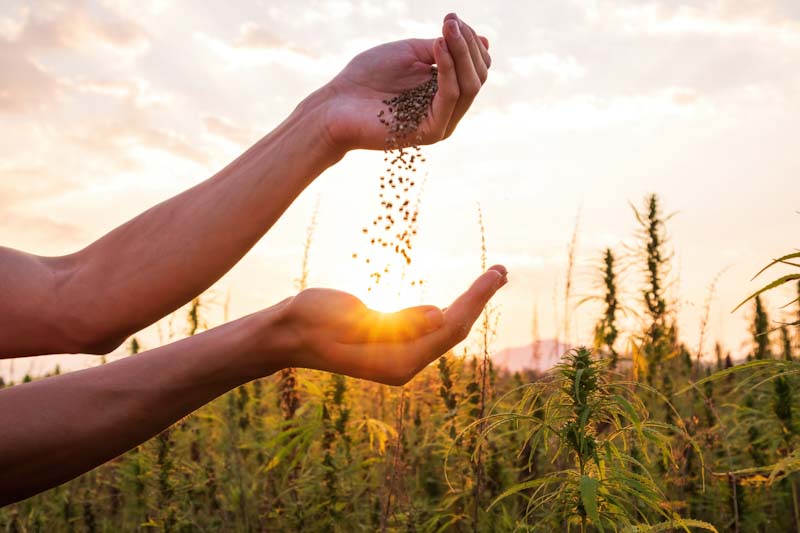
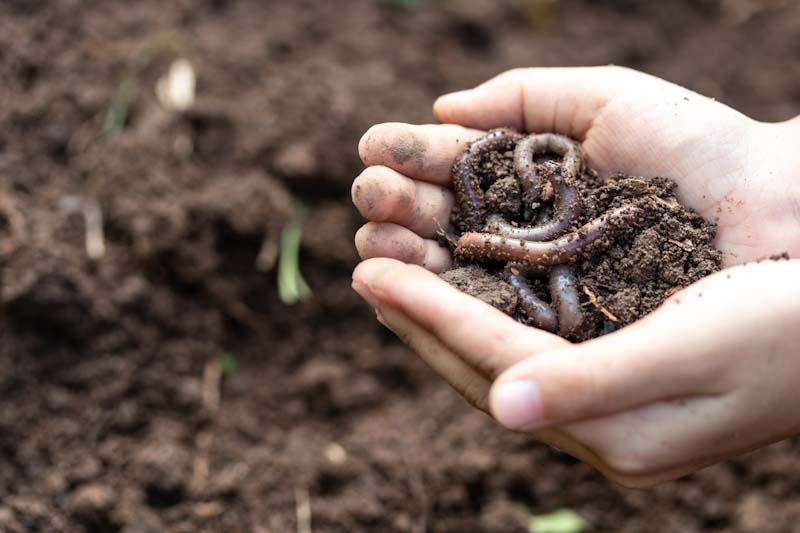

Pingback:10 Quick Methods To Start Your Garden Today – SelectSurvival.com | February 23, 2020
|